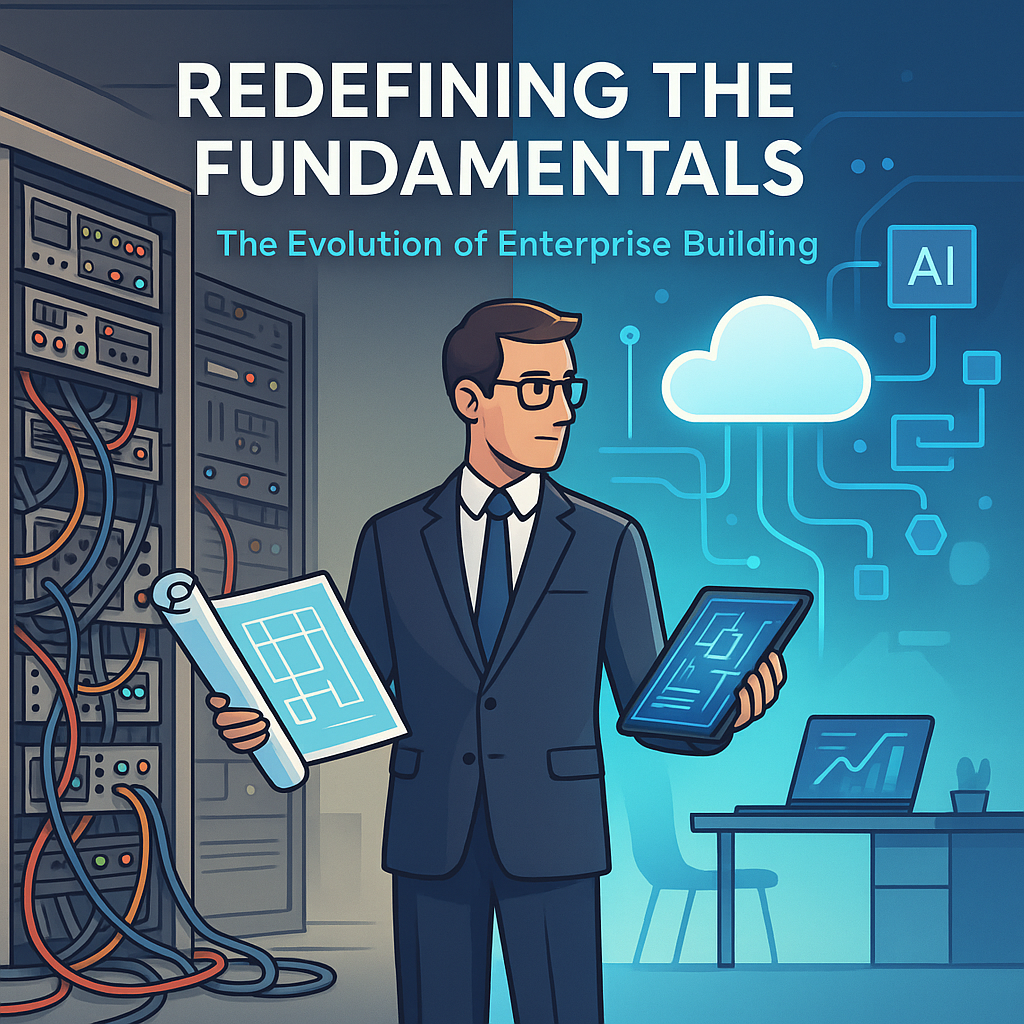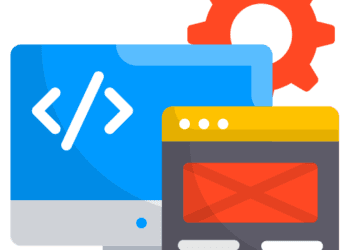Redefining the Fundamentals: What Does It Mean to Build in the Modern Enterprise?
I’ve spent the better part of 25 years in enterprise IT, and like many seasoned professionals, I built my instincts in a world where we had to know everything from the ground up. If you wanted to build a system, you started with bare metal. If you needed scale, you designed for it manually. You didn’t just use technology—you understood it, wire by wire, line by line.
But here’s the thing that’s been gnawing at me lately: those instincts, the ones we’ve earned through experience and hard lessons? They can get in the way.
In my Zero to Builder series, I’ve been going back to basics—relearning how to build, but with today’s tools. And what’s struck me isn’t how hard the new tools are. It’s how easy they are. It’s disorienting. The abstractions are so high-level, the platforms so intuitive, that the grit I relied on feels almost… irrelevant.
That realization led me to a bigger question: What does it mean to build an organization in this new era of abstraction?
The Old Way Wasn’t Wrong—But It Wasn’t Built for This
We used to value people for their ability to navigate complexity. The best engineers could untangle a web of custom scripts and manual processes and make it all work. We hired for deep technical skill, an obsession with detail, and a kind of reverence for “doing it the hard way.”
But now? The fundamentals are being redefined—not erased, but elevated. Infrastructure is code. Platforms like Salesforce, ServiceNow, and Azure are full-stack operating environments. AI can write integration logic faster than you can sketch it on a whiteboard.
We’re no longer asking “Can you write the perfect SQL query?” Instead, we’re asking, “Can you model our data in a way that aligns with the business’s goals—and do it using the tools at hand?”
Trusting the Abstraction Is the New Skill
As leaders, we’ve got to get comfortable with the idea that not everyone on the team needs to understand every layer of the stack. In fact, expecting them to is becoming a liability.
What they do need is the ability to reason at the layer of abstraction they’re working in. That might be AI workflows, intelligent ERP configurations, or data governance policy—not necessarily the bash script that runs underneath.
This shift changes how we define technical competency. It’s not about how deep you can go; it’s about how well you can align the technology with the mission of the business.
The Real Question for CTOs: What Do You Expect Your Builders to Know?
If you’re running a modern IT organization, you’ve probably felt this tension. Do you hire for traditional engineering chops or for platform fluency? Do you build internal tools or lean into what’s already on the market? And most importantly: how do you design teams that can build at speed without sacrificing resilience or governance?
There’s no one-size-fits-all answer, but here’s what I’m learning:
-
You can’t gatekeep the hard way. Just because we suffered to learn something doesn’t mean the next generation should.
-
You have to define new fundamentals. If your team is working in ServiceNow or SAP BTP, are you building training and culture around that layer of logic?
-
Your builders must be integrators. The ability to orchestrate platforms, not just code from scratch, is becoming the premium skill.
-
Organizational design is the new architecture. How you staff and structure teams may have more long-term impact than which stack you choose.
Final Thought: It’s Okay to Feel Unsettled
If you’re like me and you’ve grown up on a different set of rules, it can be uncomfortable to realize how much has changed. But it’s also a moment of incredible opportunity.
We’re not abandoning engineering. We’re evolving it.
So here’s my challenge to you: Look at your organization not for what it used to be good at, but for what it needs to become. Don’t just retrain your team—rethink what skills and instincts are truly fundamental for the next generation of builders.
It might feel too easy at first. That’s okay. That’s progress.
Share This Story, Choose Your Platform!

Keith Townsend is a seasoned technology leader and Chief Technology Advisor at Futurum Group, specializing in IT infrastructure, cloud technologies, and AI. With expertise spanning cloud, virtualization, networking, and storage, Keith has been a trusted partner in transforming IT operations across industries, including pharmaceuticals, manufacturing, government, software, and financial services.
Keith’s career highlights include leading global initiatives to consolidate multiple data centers, unify disparate IT operations, and modernize mission-critical platforms for “three-letter” federal agencies. His ability to align complex technology solutions with business objectives has made him a sought-after advisor for organizations navigating digital transformation.
A recognized voice in the industry, Keith combines his deep infrastructure knowledge with AI expertise to help enterprises integrate machine learning and AI-driven solutions into their IT strategies. His leadership has extended to designing scalable architectures that support advanced analytics and automation, empowering businesses to unlock new efficiencies and capabilities.
Whether guiding data center modernization, deploying AI solutions, or advising on cloud strategies, Keith brings a unique blend of technical depth and strategic insight to every project.




